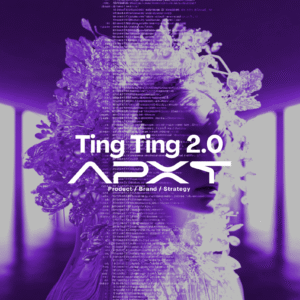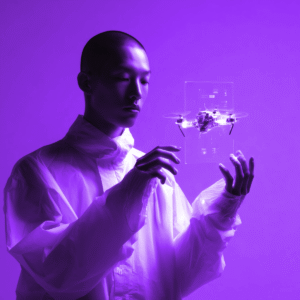3 min read
As the metaverse continues to evolve and capture the imagination of millions, we find ourselves immersed in virtual worlds that often boast a distinct aesthetic appeal. One particular style that has gained popularity is low poly art and design. While some may dismiss it as a result of computing limitations, there is much more to this visual language than meets the eye. In this blog post, we delve into the implications of low poly art and design in metaverse applications and how it may shape future aesthetics and design language.
Embracing Limitations
Low poly art emerged as a solution to the limitations of computing power in rendering complex 3D models in real time. By reducing the number of polygons in a model, developers were able to create visually striking environments and objects that could be displayed and interacted with seamlessly. What started as a necessity has now transformed into an aesthetic choice, with its own set of unique characteristics.
Nostalgia and Niche Appeal
One of the reasons low poly art has gained a dedicated following is its nostalgic appeal. Its simplistic and geometric forms harken back to the early days of gaming and evoke a sense of familiarity. Additionally, the low poly style has proven to be incredibly versatile, allowing artists and designers to experiment and create a wide range of visually captivating experiences. It has become a niche aesthetic that attracts a dedicated community of creators and consumers.
Pros and Cons of Low Poly Aesthetics
Like any artistic choice, low poly art has its pros and cons. On the positive side, it enables efficient performance in resource-intensive applications, allowing for smoother and more accessible experiences for a larger audience. It also encourages creative problem-solving, as artists must find ways to convey depth and detail within limited polygon counts. However, critics argue that the prevalence of low poly art may lead to a homogenization of visual styles, limiting diversity and creativity in the metaverse.
Shaping Future Aesthetics
The question arises: what impact will the widespread exposure to low poly art and design have on future aesthetics and design language? As newer generations grow up experiencing and appreciating low-quality aesthetics in the virtual realm, will they develop different standards of visual quality and sophistication? Will we witness a shift in the perception of “realism” and beauty? These are intriguing questions that warrant exploration.
The Quality of Design Language
The rise of low poly art and design challenges traditional notions of what constitutes “high quality” in the realm of design. As we venture into the metaverse, where diverse styles and visual languages coexist, we must question whether our previous benchmarks for aesthetic excellence remain relevant. Does low poly art diminish the value of intricate details and photorealism, or does it open up new avenues for artistic expression?
Content Creation and Artistic Impression
Low poly art and design also raise questions about content creation and artistic impression. With its simplicity, it becomes more accessible for creators without extensive technical knowledge, potentially democratizing the creative process. However, does this accessibility come at the cost of diluting the skill and craftsmanship traditionally associated with artistry? How can we strike a balance between accessibility and artistic depth?
Conclusion
Low poly art and design have emerged as a captivating aesthetic choice in metaverse applications, driven initially by computing limitations. As we consider the implications for future aesthetics and design language, it is essential to explore the evolving definition of quality and its impact on content creation and artistic impression. The metaverse presents an opportunity to challenge existing norms and embrace diverse forms of expression. Ultimately, the beauty and value of design lie in the eyes of the beholder, and it is up to us to shape the future of artistic expression in this brave new virtual world.What are your thoughts on the quality of design language, content creation, and artistic impression in the metaverse? Share your ideas and join the conversation.
Stay Curious, Stay Innovative.
Ting Ting Zhao
Ting Ting Zhao is a Digital Editor at Apxt. Passionate explorer of the intersection between creativity and technology. With an insatiable curiosity, I decode the complex tapestry of design, brand communication, and emerging technologies. As a seasoned critic and strategist, I’m on a mission to demystify the strategic potential of design in the digital age. Join me as we navigate the ever-evolving landscape, unraveling possibilities, and shaping brands that thrive in the dynamic world of innovation.



